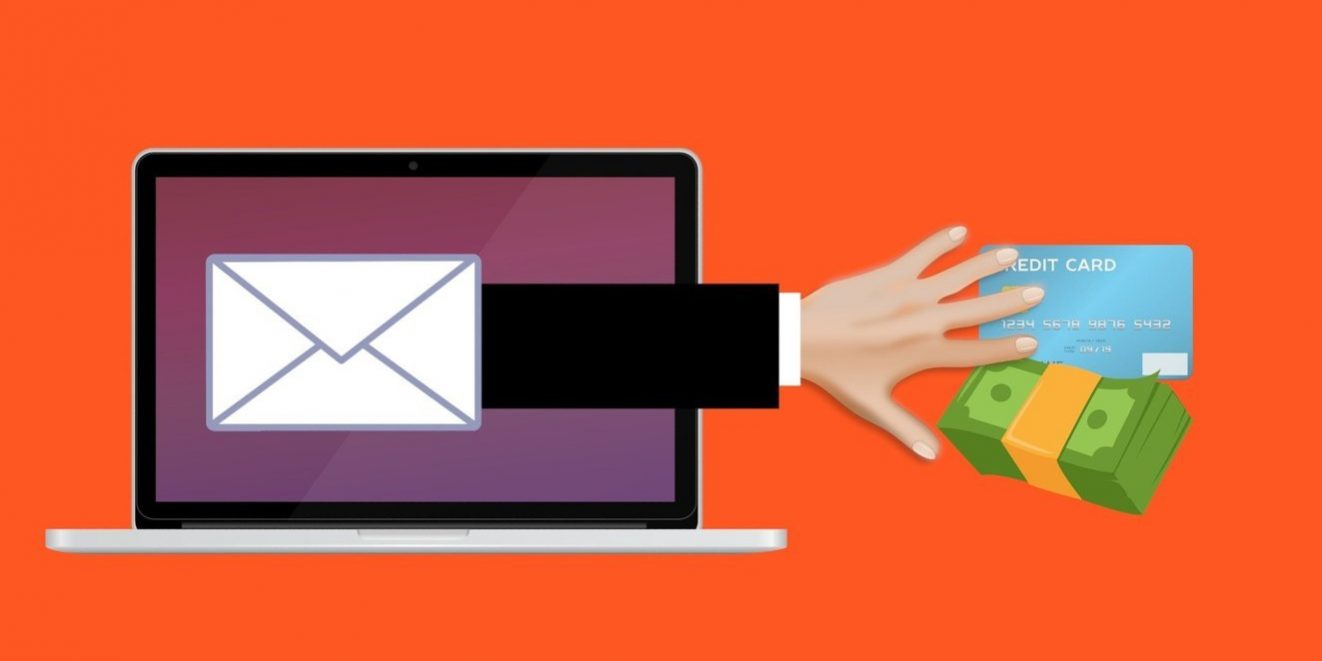The evolution of technology has brought with it new forms and tools of communication that are as useful for practicality and speed as they are vulnerable. In fact, any form of digital communication can be targeted by attackers with the aim of perpetrating their attacks, which are not limited to simply spreading viruses, but also to extorting money through phenomena better known as phishing, smishing and vishing. It is important to be ableto recognisethese false communications and thus avoid serious damage to your devices and your bank account.
E-mails in the crosshairs
One of the most targeted communication tools is undoubtedly e-mail. More and more spam e-mails are being sent every day to a large number of e-mail inboxes with the intention of scamming the user or appropriating their personal and financial data (phishing). We have already talked about how this phenomenon develops and how to defend yourself here, but here are some simple rules for recognising fake e-mails.
- Never trust e-mails from companies, important people or offices that are misspelled or contain requests for money; treat them with extreme suspicion. Also beware of e-mails that contain too many promises, especially of a monetary nature, or if they hype up mythical winnings of prizes and/or money.
- If you are asked to open an attachment in the e-mail, do not under any circumstances do so, especially if it contains attachments with a .pif or .scr extension; if there is a link in the e-mail, never click on it! Very often the link you are taken to is a (phishing) website you have never heard of.
- Does the e-mail mention pandemics, natural disasters or any other particular event that has happened recently or is ongoing? Be careful, scammers are always aware of the latest news in order to detect events that move people’s sensibilities: this is a way to start fake fundraisers with the inevitable links to fake websites or fake PayPal accounts (never click on these links).
- Last but not least, always check the sender of the e-mail: there are bound to be elements in the text of the address from which it was sent that will make you ‘prick up your ears’ and thus raise suspicions.
And if you still have any doubts, a quick google with the subject line of the e-mail will help you understand whether what you have received is reliable or not. Some scams are repeated, either in a similar way or with slight modifications, after some time, so you will certainly find useful tips on the Internet.
Diffida da chi utilizza ancora gli SMS 😉
Negli ultimi anni oltre al phishing si è diffuso anche lo smishing, fenomeno in cui vengono inviati falsi messaggi cercando di ingannare l’utente e carpire così i suoi dati personali.
- Careful attention must be paid to messages dealing with urgent warnings regarding securityand urgent redemption messages for coupons, offers and deals. No financial institution sends SMSs with requests to update current account information or confirm the ATM code. If you receive a message that appears to come from your bank or post office asking you to click on a certain link, this is undoubtedly a scam.
- You should never click on a link or a phone number in a message that you are not sure of; be especially careful with suspicious numbers that do not look like real phone numbers, such as ‘5000’.
Warning! Despite the provocative title of this paragraph, it should be pointed out that scam messages also travel on WhatsApp and other messaging apps. We discussed it here.
To cap it all, the very annoying phone calls
- Have you received phone calls from operatorstelling you that your promotion is about to expire, informing you of an increase in tariffs or suggesting a change to a cheaper provider?
- Have you received phone calls from people posing as agents of electricity, gas or other companies asking for confidential personal data?
Be very careful with these calls, very often it is not the real operators talking to you but scammers trying to induce the victim to disclose personal, financial or security information (vishing).



